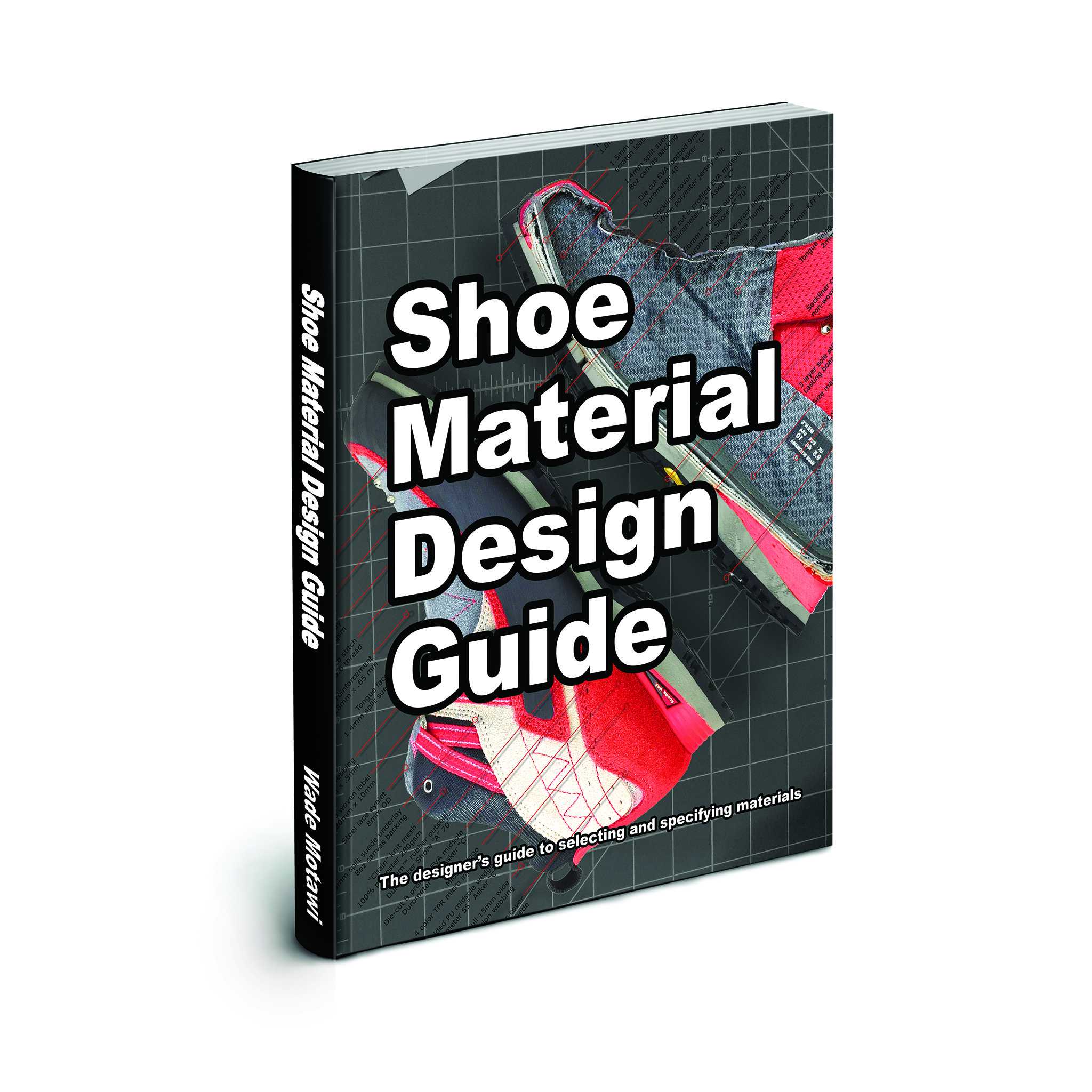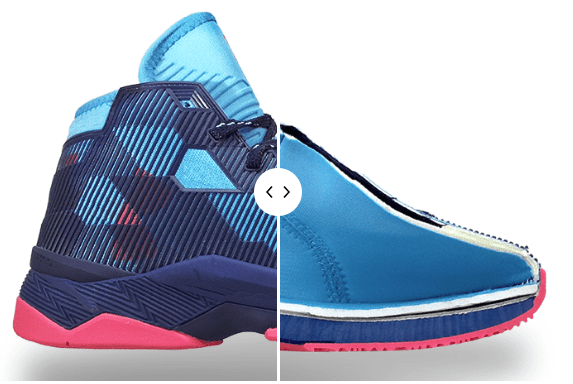What’s Inside a Sneaker?
Sneaker Anatomy #1:
Inside The Under Armour Stephen Curry 2.5
This is the first article in our series on shoe anatomy. We will cut-up some expensive shoes made by Nike, Adidas, Converse, Vans, and Under Armour. Slicing open shoes is the best way to see and learn exactly how to make sneakers. We hope you enjoy it. To see more cut-open shoes, check out the Shoe Material Design Guide.
The Curry 2.5 is an upgraded version of the Curry 2, Stephen Curry’s second signature shoe with Under Armour. Built for the 2016 NBA Playoffs, the Curry 2.5 debuted on May 28th, 2016, for $135. California’s Bay Bridge, which links San Francisco to Oakland, is the inspiration for the shoe. Let’s see what’s inside this sneaker!


Under Armour loaded the Curry 2.5 with some great shoemaking technology. First, let’s look at the anatomy of the outsole unit. There are three components which make up the Curry 2.5 outsole; an EVA midsole, an injected plastic support shank, and a molded rubber bottom. The rubber bottom part is simple; single color, without any logos. The real technology is in the shank and misdole combination. The shank runs from the forefoot to the heel of the shoe, providing stiffness under the arch, lateral support, and a stable platform for the heel.


Curry 2.5 Upper Design
Under Armour introduced a very interesting upper mold for the Curry 2.5. As you see here, the plastic lattice that covers the upper looks like plastic injection, but it’s NOT. These fine lines cannot be made by traditional injection as plastic cannot flow into such a thin and complicated structure.
Instead, Under Armour uses a PU open mold process. First, they cut the lattice design into the surface of a metal plate. Then, they pour the plastic material (in a liquid state) over the design. Any extra material is cleared away, leaving just the liquid plastic in the metal plate’s grooves. Next, the upper fabric is pressed down onto the plate using a heated press. The heat allows the plastic to expand and bond to the fabric surface.
Learn more now in our book: Shoe Material Design Guide.
Chapter 16: Plastic Parts



Do you want to be a professional shoe designer? You must learn how to select and specify each shoe material correctly. The Shoe Material Design Guide details all the shoe materials you need to make modern athletic, classic casuals, and high-fashion footwear. Learn more about the materials used to make shoes.

